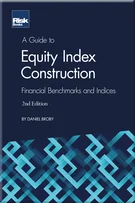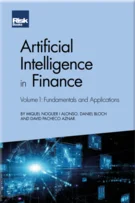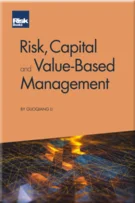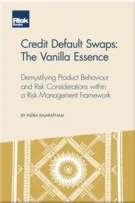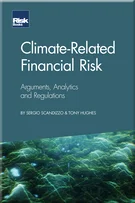A Primer on Portfolio Theory
A Primer on Portfolio Theory
Introduction
A Primer on Portfolio Theory
Application in Mean–Variance Investing
Diversification
Frictional Costs of Diversification
Risk Parity
Incorporating Deviations from Normality: Lower Partial Moments
Portfolio Resampling and Estimation Error
Robust Portfolio Optimisation and Estimation Error
Bayesian Analysis and Portfolio Choice
Testing Portfolio Construction Methodologies Out-of-Sample
Portfolio Construction with Transaction Costs
Portfolio Optimisation with Options: From the Static Replication of CPPI Strategies to a More General Framework
Scenario Optimisation
Core–Satellite Investing: Budgeting Active Manager Risk
Benchmark-Relative Optimisation
Removing Long-Only Constraints: 120/20 Investing
Performance-Based Fees, Incentives and Dynamic Tracking Error Choice
Long-Term Portfolio Choice
Risk Management for Asset-Management Companies
Valuation of Asset Management Firms
Tail Risk Hedging
1.1 MEAN–VARIANCE-BASED PORTFOLIO CONSTRUCTION
The theory of mean–variance-based portfolio selection is a cornerstone of modern asset management.11The reader is assumed to be familiar with the basics of mean–variance optimisation. Aconcise review can be found in Elton and Gruber (1995). This chapter will focus on selected issues not commonly found in textbooks. It rests on the presumption that rational investors choose among risky assets purely on the basis of expected return and risk, with risk measured as variance. In this case a portfolio is considered mean–variance efficient if it minimises the variance for a given expected mean return or if it maximises the expected mean return for a given variance. Mean–variance efficiency rests on firm theoretical grounds if either
-
investors exhibit quadratic utility – in which case they ignore non-normality in the data22Discussions of the theory of utility can be found in Gollier (2001). Quadratic utility is of the form u(w)=w−12bw2
, where u(w) expresses utility, a measure of happiness, as a function of uncertain wealth, w. In this example greater utility is not strictly an increase in wealth as
Copyright Infopro Digital Limited. All rights reserved.
As outlined in our terms and conditions, https://www.infopro-digital.com/terms-and-conditions/subscriptions/ (point 2.4), printing is limited to a single copy.
If you would like to purchase additional rights please email info@risk.net
Copyright Infopro Digital Limited. All rights reserved.
You may share this content using our article tools. As outlined in our terms and conditions, https://www.infopro-digital.com/terms-and-conditions/subscriptions/ (clause 2.4), an Authorised User may only make one copy of the materials for their own personal use. You must also comply with the restrictions in clause 2.5.
If you would like to purchase additional rights please email info@risk.net

